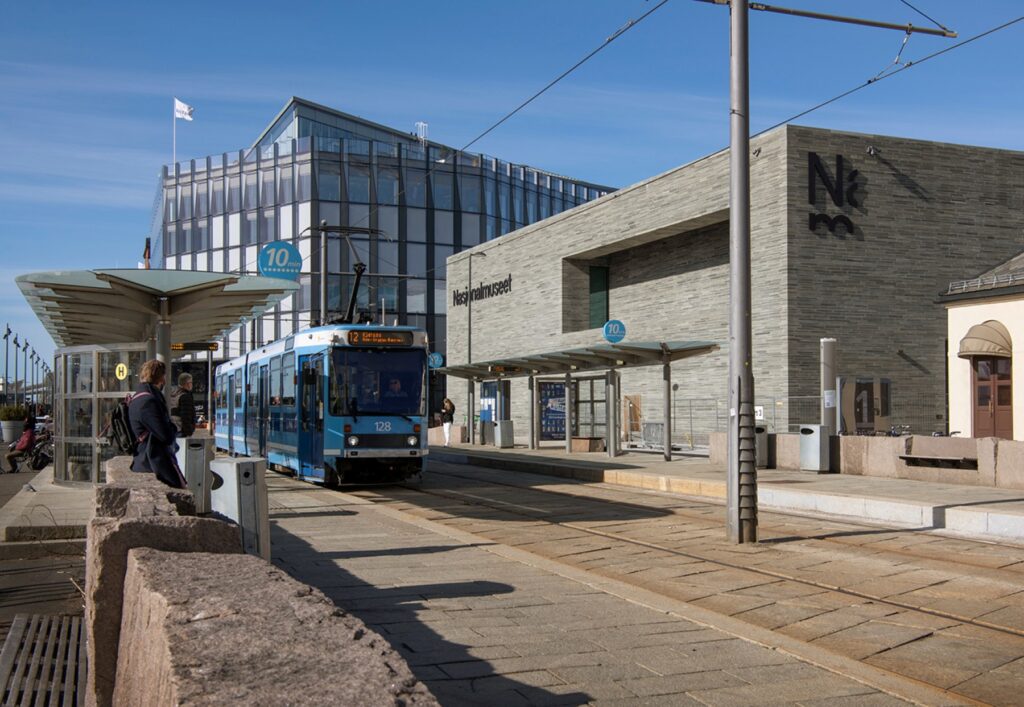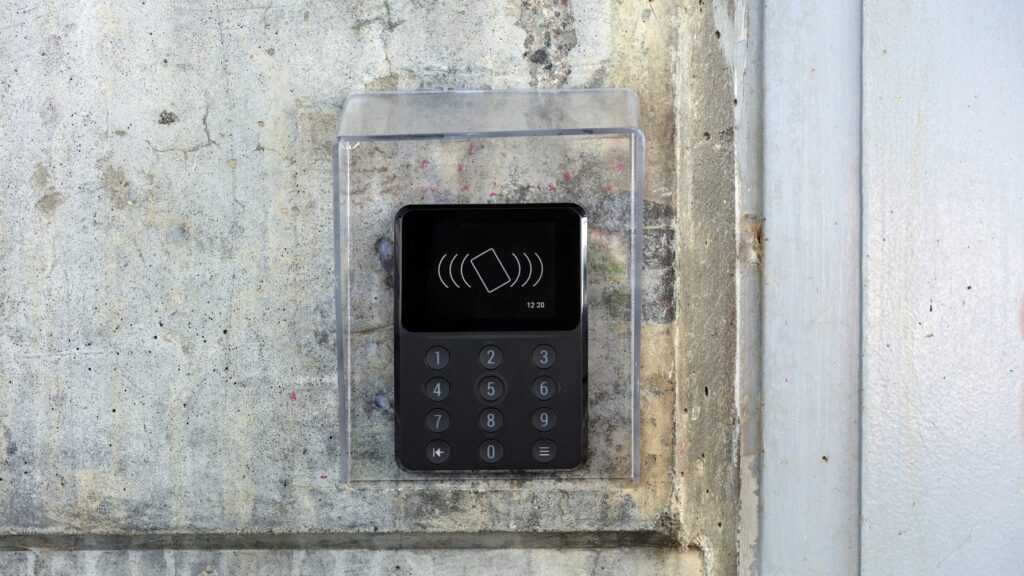
The new National Museum in Oslo, centrally located at City Hall Square in Oslo, opened on June 11, 2022. Under one roof, visitors can explore old and modern art, contemporary art, architecture, and design. The museum covers a total area of 54,600 square meters. The museum employs 350 people across its various departments.
National Museum in Oslo chose security systems by SystemHouse Solutions. As part of the Integra system, which includes an integrated intrusion alarm and access control, there are 372 door environments with 507 BCR-SD G2 card readers, a keypad and a colour display, allowing users to operate the system easily, simply, and safely, as well as keep track of the building, wherever they are.
Björn Forwald, technical leader at the National Museum, explains that the art objects and people are the most important thing to protect in the building and that the security is designed with keywords such as functionality and stability. Systems that control temperature and humidity are of the utmost importance for the art, and the museum is equipped with super-modern systems for ventilation and fire safety.
Oddbjörn Teigen, security section leader at the National Museum, says that access control is very vital to avoid unauthorised or accidental changes to information within the systems. A log system is very important in order to be able to see who has been inside the system.
A visitor management system from SystemHouse Solutions is installed in the administrative portion of the building, while fire protection is provided by Autronica, which is also integrated with Integra. Integra’s overall user interface is called Artifex, which is a web-based user interface. All alarm points, door environments, and all integrated systems can be viewed in one visual platform that provides a good overview, easy operation, and best-in-class graphic display.
Artifex’s user interface at the National Museum also includes fire safety, guard communication, and CCTV integrations. Besides this, the installation includes a data centre with a VMware server, a screen wall with ten screens, and a guard room with several hundred CCTV cameras and radars to detect movement indoors and outdoors.
The integration with Traka key cabinets, which provides smart and simple handling of physical keys via the Integra system, is an example of a function that was not included in the original plan, but when the need arose, it was incorporated.
Fire protection from Autronica
The fire protection products from Autronica are designed with system-level functions that will identify deviations early. To prevent, for example, sprinklers from starting prematurely or unnecessarily, this is extremely important.
Björn tells us that the functions were tested extensively before moving the art into the new museum. Björn also explains that if a fire alarm is triggered, an aspirating system will be activated, followed by a visual inspection, and, if necessary, the room will be emptied of people and art.

Artifex – a successful last-minute transfer
One of the biggest challenges throughout the project has been getting the systems to be able to talk to each other, and finally, it became clear that the initially planned top system could not match the museum’s needs. Problems with gateways, but also high license costs, maintenance costs and several advanced functions that would not be used, were some of the things that led to a decision to switch to another top system.
Staff from the National Museum visited the Munch Museum, where Integra and Artifex also are installed, to view Artifex and Milestone (CCTV) in action, and a decision to switch to Artifex instead was made.
This was a great decision made at the right time. “By switching to Artifex, administration of all integrations of the security system now takes place on one and the same screen, which is a big advantage,” says Oddbjörn Teigen, security section leader at the National Museum. “It was a lot of work to change the system, but since the basic work already had been done, and we knew what we needed, the change was still smooth”.
The museum has an internal guard centre that is staffed 24/7.
Check-In kiosks for administrative assistance
The National Museum needed a visitor system that relieved the reception with self-service. In addition, they wanted to keep track of evacuation lists and safety for visitors.
The Check-In installation consists of two touch screens, a printer, and a scanner connected to two mini-PCs in self-designed desks. Here, guests sign in or scan the qr code they received in advance if the visit is pre-booked in the Check-In system. The system sends an SMS to the host for the visit, and a visitor label is printed. The installation also includes an interface for the reception via SystemHouse Solutions cloud service, which can also manage the registration of guests and the printing of visitor labels. Evacuation lists can be printed directly or exported as an excel file from any client that is logged in to the cloud service.
The importance of good support
“A system is not ready when it is installed, but a lot is required even when everything is in place,” says Björn and concludes, “Here, support is of utmost importance, and we want to highlight the support we received during this process. There has been great responsiveness when new functions had to be developed and a sense of security that throughout the project it was the same people who worked on the issues, who know the project and the building”.







